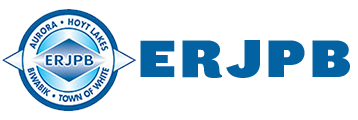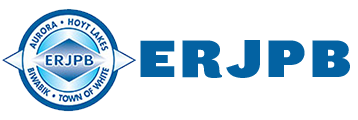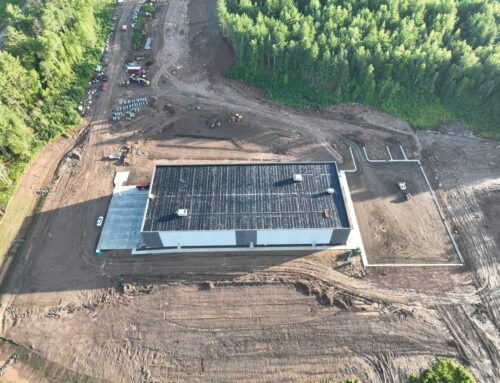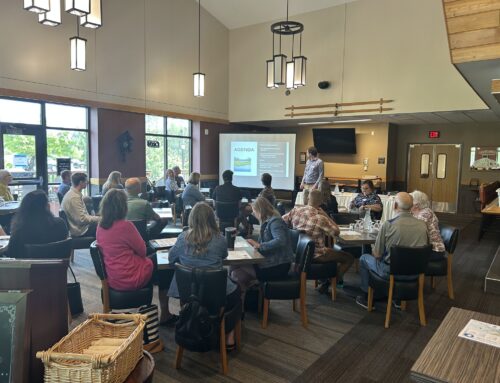In spring 2023, ERJPB will revisit its three-year strategic plan. Since it was developed in 2021, all six of the current plan’s strategic directions have seen progress: Two are complete, and two more are on track for completion by the end of June, at which point it will be time to develop a new strategic plan for the next three years.
Here’s a look at the status of the six current strategic directions as of now:
Strategic Direction 1: Identify and utilize resources to attain fiscal stability – A newsletter is now in place to communicate funding opportunities and news updates. Grant and loan program administrators from the Department of Iron Range Resources & Rehabilitation have presented to the board to raise awareness of funding options. ERJPB has also been approached to serve as a fiscal agent for an IRRR Culture and Tourism grant to support a Bavarian Market Village in Biwabik.
Strategic Direction 2: Promote the East Range to attract and retain businesses and residents – A marketing subcommittee comprised of leaders from Biwabik Area Civic Association (BACA), presidents of Hoyt Lakes and Aurora Chambers, and the town manager of Town of White was established in 2022. This group is working on a regional shop local campaign which will include an East Range website. A business retention and expansion effort will take place this winter. We are also leveraging the ERJPB website to collect existing assets such as mapping resources and make these more publicly available. Capitalizing on ERJPB business loan and grant programs, and hosting certain events, such as a Non-Traditional Lenders information session that took place at the Hive in Aurora in October 2021, also fall under the umbrella of this strategic direction.
Strategic Direction 3: Provide a wide range of housing options to meet diverse community needs – Workshops in each of the four ERJPB communities have helped in assessing community housing opportunities and informing potential regulatory changes based on community input. This resulted in a map for developers to see available lots, and has also led to a more formal housing study (now underway) to clearly identify existing assets, demand, and opportunities, and help guide outreach to potential developers.
Strategic Direction 4: Expand highest speed internet to all – Efforts to develop regional broadband collaborations have included feasibility research and applications to relevant federal and state grants. The process has successfully attracted internet provider interest and resulted in a Mediacom project being awarded Border to Border funding from the Minnesota Office of Broadband for portions of Biwabik Township and the Town of White. Once this project is complete, only a few small corners of Biwabik will remain as areas with underserved populations, according to the state’s broadband maps. These maps are not foolproof, so we are also pursuing further funding opportunities and can help community members challenge incorrect maps if they still cannot access service.
Strategic Direction 5: Create a community accountability process to inform residents – The strategic planning process identified a need to unify the ecosystem for assisting businesses and residents on the East Range and streamline the process for routing inquiries to better support the region. In addition to introducing a newsletter and making an update of reporting methods, we engaged city administrators from Aurora, Biwabik, Hoyt Lakes, and the Town of White, identified gaps in services, and created a flowchart to help refer anyone who inquires after specific services. For example, a half dozen new business prospects have been routed to the Small Business Development Center through this process.
Strategic Direction 6: Encourage civic engagement – Regular meetings of the new marketing subcommittee have focused on finding creative ways of helping both newcomers and locals feel more welcome in the community. This includes the shop local campaign currently in development for the whole East Range.
We look forward to collaborating with you in 2023 as we work to address critical regional issues including housing, broadband, business retention, and more.






